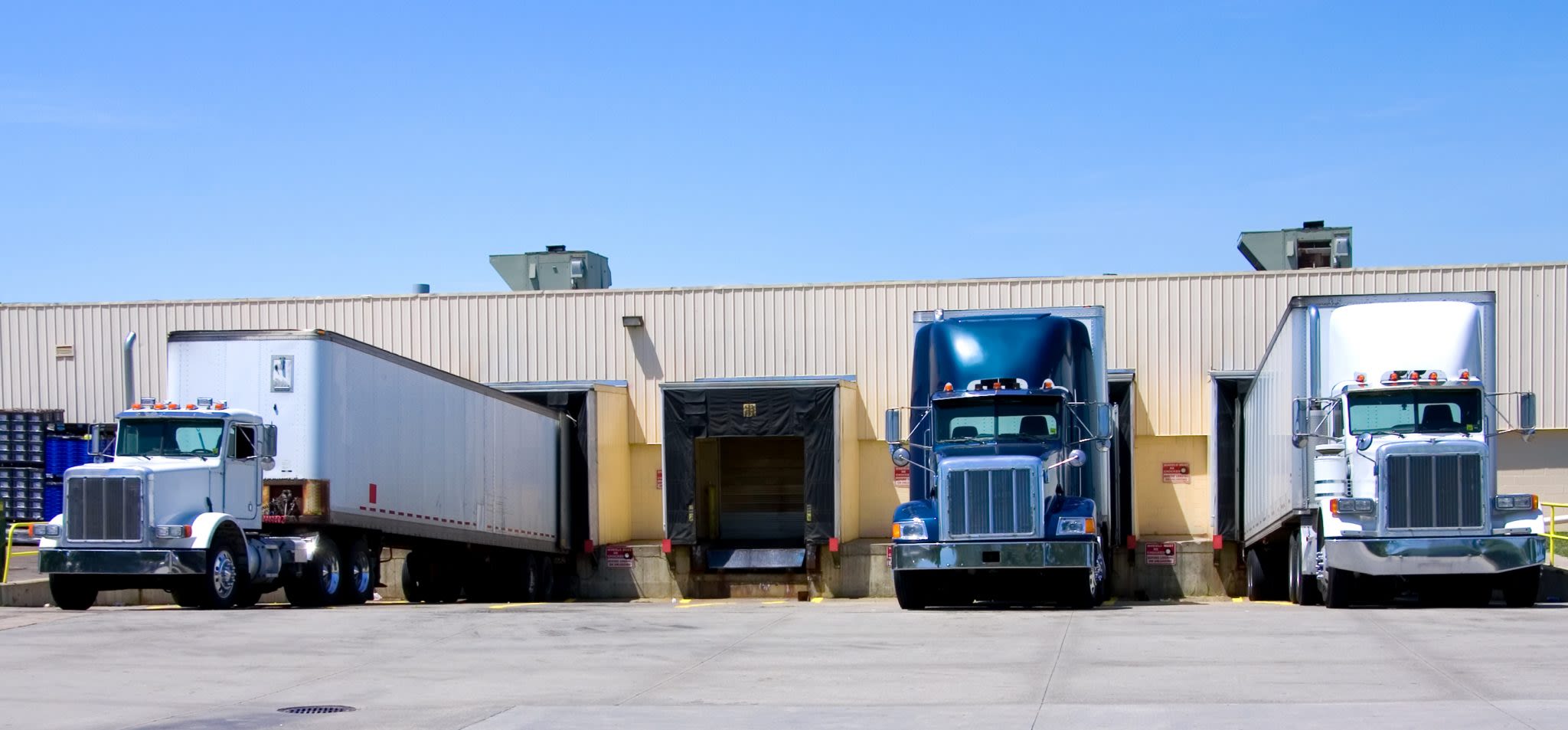
May 9, 2017
The Newest Nodes in the Flexport Network: Cross-Docking Sites in Hong Kong & Los Angeles
Tags:
The Newest Nodes in the Flexport Network: Cross-Docking Sites in Hong Kong & Los Angeles

Flexport is announcing today that we’re opening warehouses in Hong Kong and Los Angeles. The facilities will serve as fast-paced consolidation and deconsolidation points for our clients moving cargo between southern China and the United States and are the beginning of a world-wide network of Flexport logistics centers.
Flexport ships more freight between Hong Kong and Los Angeles than any other city pair, so they are a natural starting point for our network of physical logistics centers. The centers will help us 1) keep rates low as we consolidate multiple clients’ cargo into fewer shipments, 2) reroute and separate out key portions of shipments, reducing transit time and associated opportunity costs, and 3) cut out communication challenges, inefficiencies and mistakes that can occur when relying on third parties for these services.
Today we have sales and service offices in San Francisco, Los Angeles, New York, Atlanta, Amsterdam, Shenzhen and Hong Kong. Our intent is to develop a world-wide network of logistics centers alongside future global service offices.
Warehousing capabilities are inherently valuable: physical centers for consolidating, labeling, and routing cargo offer Flexport clients more tools to run better supply chains. In addition to enabling us to consolidate freight from many different clients on a single shipment, managing our own centers will give us the ability to reroute cargo in transit. A Flexport client can now ship a 40 foot container to a destination in the United States, and at any point in time while that container is on the ocean, they can reroute a single pallet from that shipment to a unique destination.
When the container arrives at our facility in Los Angeles, our team will pull the rerouted pallet, relabel it, and arrange for delivery to the new destination while the remaining pallets continue on their original journey. At scale, this will allow companies to fulfill all of their client orders directly from the shipping container, dramatically reducing fulfillment time, the cost of delays and lost sales, and ultimately client inventory and working capital needs.
The ability to reroute cargo in transit is yet another example of how Flexport’s approach to digitizing the processes of freight forwarding yields more than just a digital copy of the status quo. New possibilities emerge as we structure all the data involved in a global trade transaction, and give all the parties involved real-time communications and collaboration tools.
As we’ve experienced with many other new features of our platform, we expect to be surprised by still more unforeseen capabilities this new physical infrastructure can unlock over time. But one thing’s for sure: Flexport clients shipping air or ocean freight between southern China and the US will experience better service and higher efficiency as soon as the centers are operational.
**Related: **
About the Author





